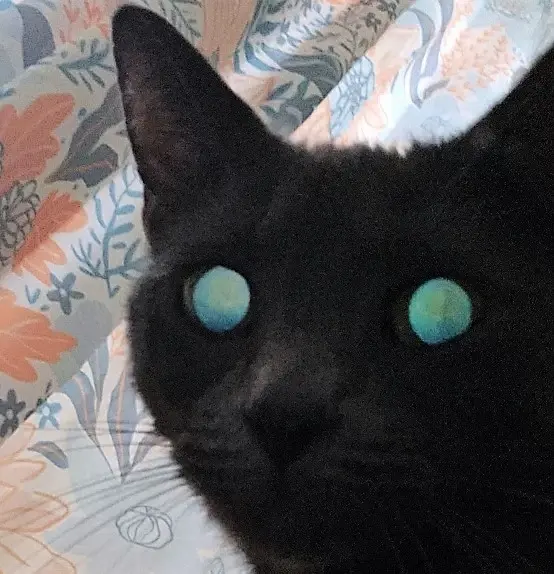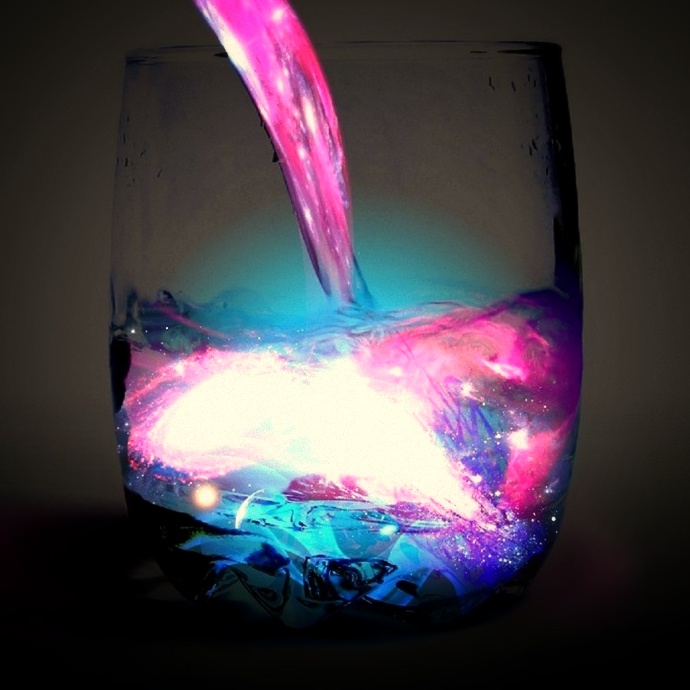This is the best summary I could come up with:
SAN FRANCISCO (AP) — Get ready to say goodbye to the once ubiquitous incandescent light bulb, pioneered by Thomas Edison more than a century ago.
The rules establish strict new efficiency standards for bulbs used in homes and businesses and bans the manufacture and sale of those that don’t meet those requirements.
But those requirements carry a bit less heft than they would have several years back, largely because advances in LED technology and manufacturing have dramatically lowered prices and improved quality.
Between 2015 and 2020, for instance, the percentage of American households that reported using LED bulbs for most or all of their lighting jumped more than tenfold — from 4% to 47%, according to the Energy Information Administration, an independent federal statistics agency.
As the rules reinforce existing market changes, the Energy Department believes that U.S. consumers can save almost $3 billion annually on their utility bills.
I’m a bot and I’m open source!
HOLY FLYING SPAGHETTI MONSTER! This is the first time I’ve seen the autotldr bot on Lemmy!
Is there a way we can trigger this manually?

Saw it for the first time today as well…I don’t know if we can trigger it…keep in mind that there are upcoming discussions, between mods, admins and users, as to how we are going to deal with bot accounts on Beehaw.
Well, this (type of) bot is certainly helpful. It’s good to see things maturing here on Lemmy.

This would get my vote for a helpful bot account, yes.

This guy and the metric converter bot (is he here yet?) are both super helpful and should be encouraged. It’s the joke ones that should be banned, but informational value added to the discussion should be welcomed imo.

metric converter bot
I’m not aware of this bot. What does it do?

Converts American units like miles and ounces into normal units like metres and litres.
- Rikudou_Sage ( @rikudou@lemmings.world ) English3•2 years ago
Hi there, author of the bot here, feel free to reach out to me if you need to set up some ground rules for how the bot works on your instance!

You’ll want to interact with the admins at this post.
- Rikudou_Sage ( @rikudou@lemmings.world ) English2•2 years ago
Sadly, not yet, that’s planned for when I have more time. Currently when it sees a site that it knows how to extract the content from, it provides a summary. Meaning it only works on communities it knows it exists.

I mostly have CFL in my house right now. The way I figured it, the cost of LED at the time was more expensive than the savings over the CFL lifespan

That was true several years ago. Now, LEDs are far more cost efficient.

I finally switched out all my CFLs because I got tired of the power supply capacitors failing, exploding, and scaring the crap out of me. Electrolytic capacitors aren’t limited to CFL power supplies tho, so I suspect we’ll see the same failures as the LED bulbs age. It’s typically not the LEDs or florescent tubes that fail, it’s the cheap power supplies they drive them with.
I did like the delayed warm up CFLs had so they didn’t just immediately turn on at full brightness. But now I’m spoiled after changing over to LED smart bulbs. Being able to set the color temperature and brightness levels on a schedule or according to what I’m doing at the time really feels like the future.

I love using my hue bulbs with f.lux. If you aren’t familiar, f.lux is software that changes the color temperature of your display based on the sun position. They have a feature that matches your bulbs with that as well.

Nice, yeah I’ve used f.lux on my pc for a while. I didn’t realize I could sync it up with the lights. I was using a separate app for that. Thanks!


